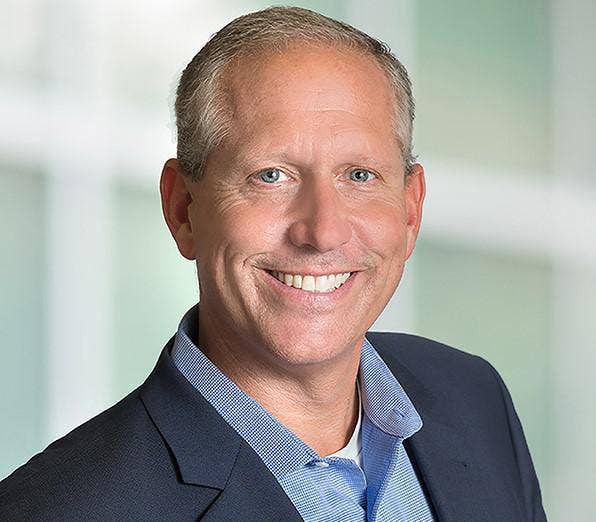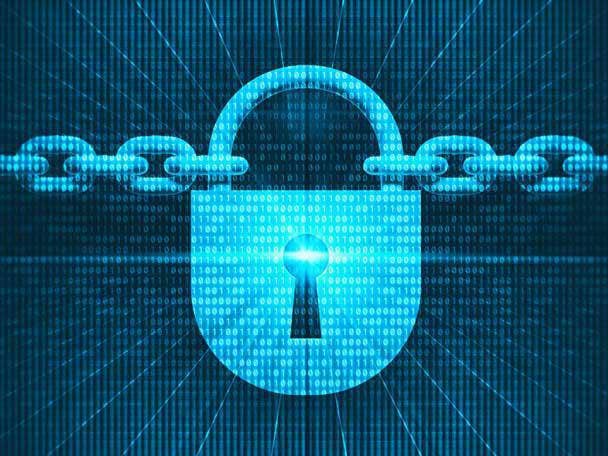SonicWall’s New CEO On M&A, Channel Commitment And The Biggest Cyber Threats
Bob VanKirk took command of the platform security vendor on Aug. 1, six years after the company’s spin-off from Dell Technologies.

SonicWall CEO Bob VanKirk
On August 1, there was a changing of the guard at SonicWall, the Milpitas, Calif.-based platform security vendor.
Bill Conner, who had served as chief executive of SonicWall since it was spun off from Dell Technologies in 2016, officially handed the CEO scepter to Bob VanKirk, the company’s chief revenue officer since 2019.
Though Conner remains at the privately held company as its new executive chairman of the board, both Conner and VanKirk made it clear in an interview with CRN that VanKirk will be responsible for the day-to-day operations at the 1,600-employee SonicWall.
“I’m still working but transitioning to just doing less day to day,” said Conner, who described his new position as that of a strategic advisor to VanKirk, a longtime friend and work colleague of Conner’s
Among the topics the two have been discussing of late: the company’s products lineup, and organic and inorganic sales growth.
In other words, there are possible acquisitions on the horizon for SonicWall, which is majority owned by private equity firm Francisco Partners. Elliot Management is a minority owner.
One thing is also clear: SonicWall intends to keep its traditionally strong channel partnerships – 17,000 of them in all – as strong as possible.
“We are 100 percent channel,” said VanKirk, noting he’s spent the past few weeks meeting with partners and company personnel as he settles into his new CEO role.
The company declined to disclose its revenue numbers, but a source and published reports put its billings at more than $400 million and $140 million in earnings before interest, taxation, depreciation and amortization (EBITDA).
In a March press release, the company said that 2021 was its “best year on record.”
The following is a portion of CRN’s interview with VanKirk, covering a wide range of issues, from how he splits duties with Conner to the firm’s M&A designs.

How are the duties going to be divvied up between the executive chairman and the CEO? Can you briefly explain the separate responsibilities?
I’m driving the daily operations. So it’s everything across the functions. Bill has been great as far as making himself available. We touch base on a regular basis. He’s giving me direction (and) guidance on certain areas. He‘s been great relative to the ‘Hey Bill, what do you think about this?’ We are leaning into a number of certain areas and I’m counting on his guidance and direction to help there, M&As being one of the areas. It’s working out well.

Speaking of M&As, are you guys eyeing M&As moving forward?
Well, we’re looking around some key areas as we expand. It starts with our partner base. … Our partners are core to our success. So the point is, now that we’ve navigated some interesting waters around COVID and economic times, we’re asking how can we add core capabilities, you know, be those maybe XDR or MDR, to really allow us to equip more services for our key partners to offer our end customers. So that‘s where we’re really focused.
What type of companies are you looking at to possibly buy?
So it goes back to what I referenced – XDR, MDR – providing increased threat intelligence. There also has to be remediation, but also simplicity. But you know, one other little known fact, I think, (is that) SonicWall has a rich, rich set of data relative to threat data. We‘ve got 1.2 million sensors around the world that are constantly calling home and providing key insights on the latest threats out there. That amounts to about hundreds of terabytes of data. When you think about taking that and marrying that up with additional threat detection, think about all our MSP and MSSPs (partners) and the ability to equip them with value added services. It’s big.

One of the new tasks for the CEO is accelerating SonicWall’s cloud transformation. Where does that transformation stand now?
To put it in context, when we divested (from Dell) six years ago, we had zero cloud. Since then, and that‘s a testament and credit to Bill, we have ramped our virtual capabilities -- we created and then ramped those public-private (capabilities) across multiple platforms. Now we’re taking that to the next level. Think about SASE. Think about Zero Trust and network access. That is going to be key relative to where our partners are moving, where our key MSSPs are moving and where our enterprise customers are moving. So we‘ve gone from zero cloud to about 15 percent of our top business now is cloud.
SonicWall apparently wants to expand its enterprise coverage. What does that mean? How much of an expansion are we talking about?
We actually have a significant presence in the enterprise. Bill (has) referenced the 15 percent factor on our cloud capabilities. But about 25 percent is related to enterprise. So we‘ve been in enterprise. We’ve been very intentional and smart there, focused on key verticals, key use cases, distributed network, state and local fed. That‘s actually one of our fastest growing areas.

SonicWall has said it wants to enable managed service providers moving forward. Can you elaborate on that?
Managed service providers. And MSSPs (and others) as well. They account for about 90 to 95 percent of our 17,000 partners. They are core to our success. So what we‘re doing is absolutely following their lead. One thing I did -- and it was actually hand in glove with Bill when I took over the CRO role three years ago -- we intentionally aligned our organization to become very close with our partners and to listen to their needs -- where they‘re taking their businesses, what their challenges are. As we take the next step, it’s even now more important to stay aligned with those key partners. But not just from a go-to-market standpoint. It’s everything, from how we service, how we design, how we invest, the products that we‘re bringing to market.

There are so many cyber threats out there these days. What’s one of them that keeps you up at night?
I talked about those 1.2 million sensors (around the world) we have. Every six months, we come out with a threat report. We just did our semiannual Threat Report. This past six months, we saw an increase in malware. We’ve seen crypto-jacking increase. We’ve seen an increase in IoT. But it’s not any single one attack vector. What to me is alarming is the degree to which the hackers can target certain areas so quickly on point, based upon the opportunity that they see, whether that be malware, ransomware, crypto jacking, encrypted attacks. It’s that ability that keeps me up at night.